Hannahhaifisch - HH

More Posts from Hannahhaifisch and Others



Unusual fluid behavior observed in microgravity
Normally when a liquid is heated above its boiling point, it evaporates, turning into a vapor. But when scientists recently performed an experiment on the International Space Station (ISS), they observed that the vapor near a heat pipe condensed into a liquid even when the temperature was 160 K above the substance’s normal boiling point. The results show that microgravity significantly alters the processes of evaporation and condensation, but the scientists do not yet have a complete explanation for the phenomenon.
The research team, consisting of scientists from Rensselaer Polytechnic Institute and the NASA Glenn Research Center, have published a paper on the surprising observations in a recent issue of Physical Review Letters.
This is not the first time that unexpected behavior in heat pipes, which are devices used to cool components of a spacecraft, has been observed in microgravity. In 2015, many of the same researchers made a related, counterintuitive observation during experiments conducted on the ISS.
At that time, the researchers observed that increasing the heat input to a heat pipe did not cause the device to dry out near the heated end as it does on Earth, but instead it caused liquid accumulation there. At the time, the processes responsible for this phenomenon were not completely understood.
Read more.

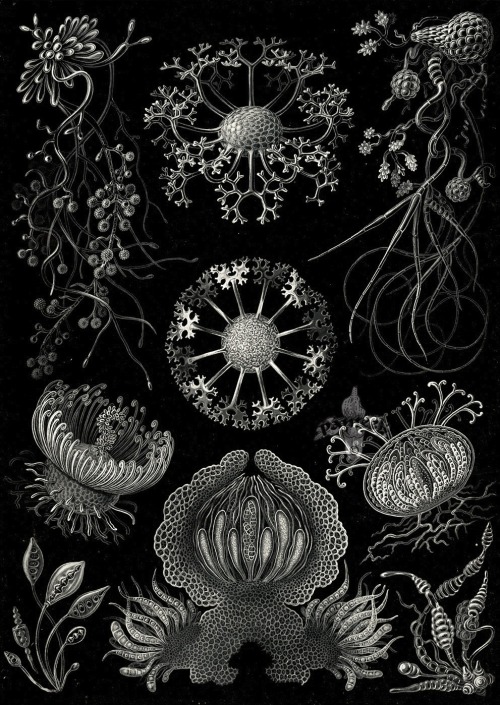







Ernst Haeckel. Hexacoralla, Ascomycetes, Lichenes, Phaeodaria, Ophiodea, Spumellaria, Basimycetes, Diatomea, Amphoridea. Kunstformen der Natur (Art Forms in Nature). 1899-1904.

Constellation de nuit pour papa ❤️ #origami #tessellation #papa

Mutation by Ben Butler 30″ x 32″ x 16″, cedar, 2006
Heartwood on Tumblr

Another Ferrofluid representation
In this short film, the Macro Room team plays with the diffusion of ink in water and its interaction with various shapes. Injecting ink with a syringe results in a beautiful, billowing turbulent plume. By fiddling with the playback time, the video really highlights some of the neat instabilities the ink goes through before it mixes. Note how the yellow ink at 1:12 breaks into jellyfish-like shapes with tentacles that sprout more ink; that’s a classic form of the Rayleigh-Taylor instability, driven by the higher density ink sinking through the lower density water. Ink’s higher density is what drives the ink-falls flowing down the flowers in the final segment, too. Definitely take a couple minutes to watch the full video. (Image and video credit: Macro Room; via James H./Flow Vis)


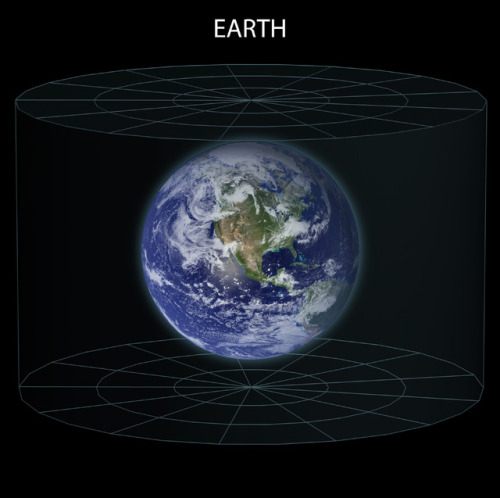
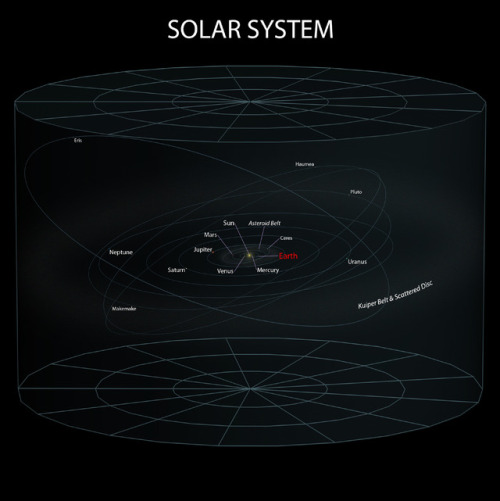



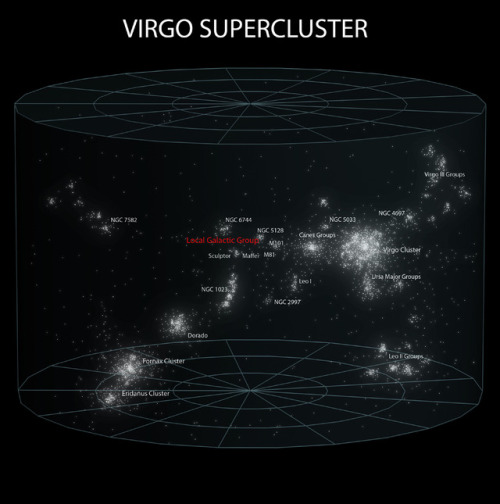
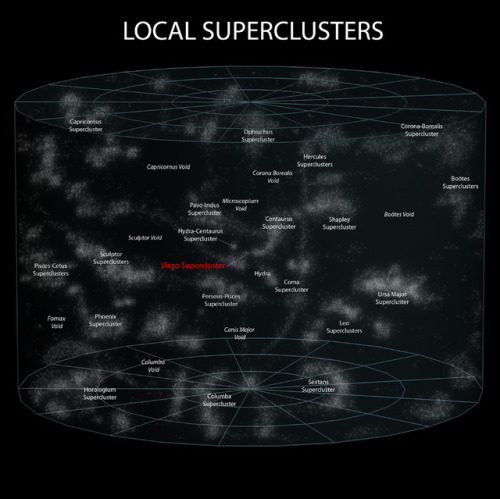
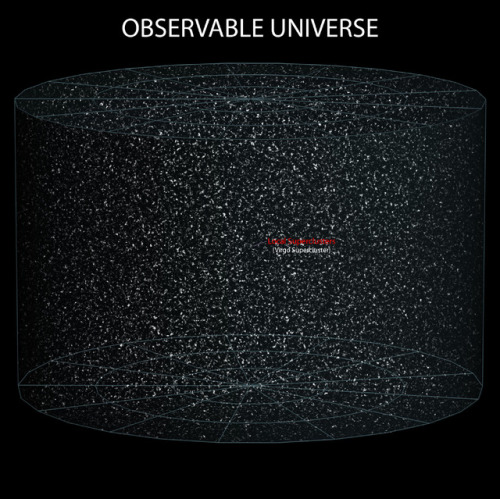
~ wikimedia commons


“paper works”, Hannah Reber, 2013, Berlin
-
 samanthaxmdc liked this · 6 years ago
samanthaxmdc liked this · 6 years ago -
 amanda-enigma-references reblogged this · 6 years ago
amanda-enigma-references reblogged this · 6 years ago -
 taggediconic liked this · 6 years ago
taggediconic liked this · 6 years ago -
 songbeechahlay reblogged this · 6 years ago
songbeechahlay reblogged this · 6 years ago -
 rosielinh liked this · 6 years ago
rosielinh liked this · 6 years ago -
 curtdiggity1523 liked this · 7 years ago
curtdiggity1523 liked this · 7 years ago -
 gothbeachbum liked this · 7 years ago
gothbeachbum liked this · 7 years ago -
 ninjatron3000-v2 liked this · 7 years ago
ninjatron3000-v2 liked this · 7 years ago -
 tryppi liked this · 7 years ago
tryppi liked this · 7 years ago -
 neonalchemy reblogged this · 7 years ago
neonalchemy reblogged this · 7 years ago -
 thelewdprincess reblogged this · 7 years ago
thelewdprincess reblogged this · 7 years ago -
 ruskie28 liked this · 7 years ago
ruskie28 liked this · 7 years ago -
 theeldest liked this · 7 years ago
theeldest liked this · 7 years ago -
 bonebreaker9 liked this · 7 years ago
bonebreaker9 liked this · 7 years ago -
 kayhaman reblogged this · 7 years ago
kayhaman reblogged this · 7 years ago -
 matay77-blog liked this · 7 years ago
matay77-blog liked this · 7 years ago -
 nexusseries6 liked this · 7 years ago
nexusseries6 liked this · 7 years ago -
 on-the-wings-of-tomorrow reblogged this · 7 years ago
on-the-wings-of-tomorrow reblogged this · 7 years ago -
 dplpicard liked this · 7 years ago
dplpicard liked this · 7 years ago -
 under-the-veil liked this · 7 years ago
under-the-veil liked this · 7 years ago -
 savvy-jai liked this · 7 years ago
savvy-jai liked this · 7 years ago -
 companioncube76 reblogged this · 8 years ago
companioncube76 reblogged this · 8 years ago -
 soloazume liked this · 8 years ago
soloazume liked this · 8 years ago -
 eyeloch liked this · 8 years ago
eyeloch liked this · 8 years ago -
 aspiringwarriorlibrarian reblogged this · 8 years ago
aspiringwarriorlibrarian reblogged this · 8 years ago -
 aspiringwarriorlibrarian liked this · 8 years ago
aspiringwarriorlibrarian liked this · 8 years ago -
 elvencantation reblogged this · 8 years ago
elvencantation reblogged this · 8 years ago -
 cannibalisticmusing reblogged this · 8 years ago
cannibalisticmusing reblogged this · 8 years ago